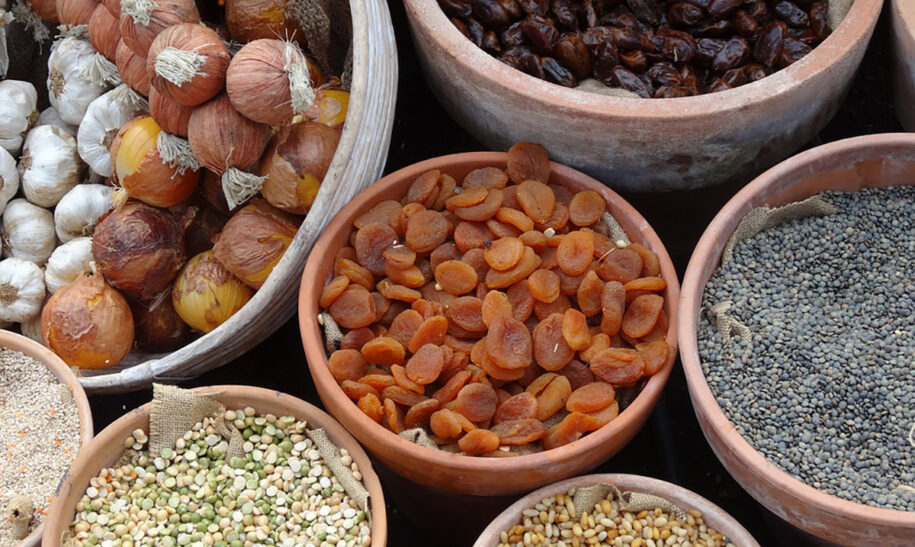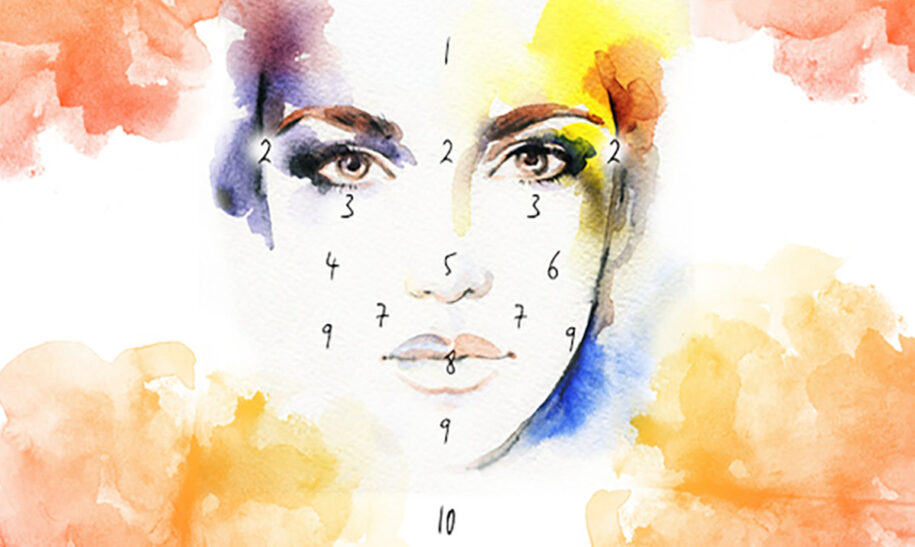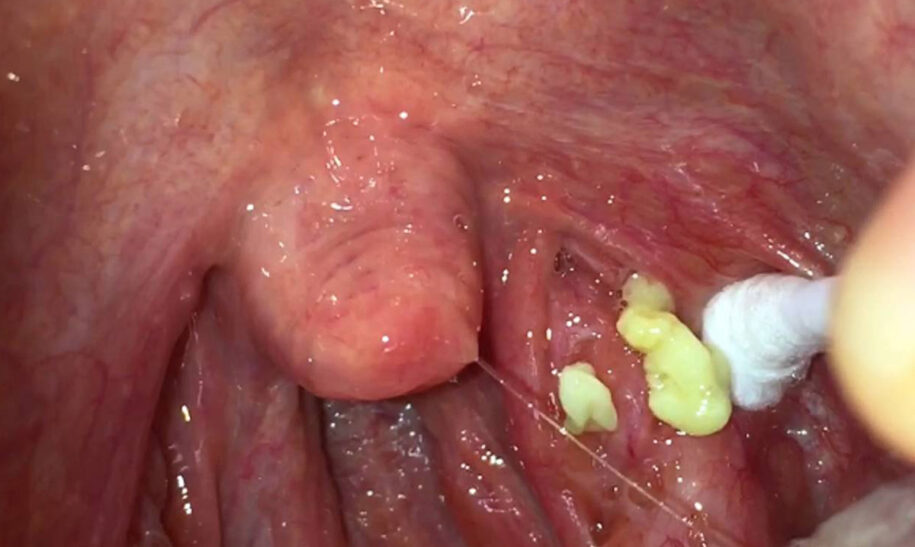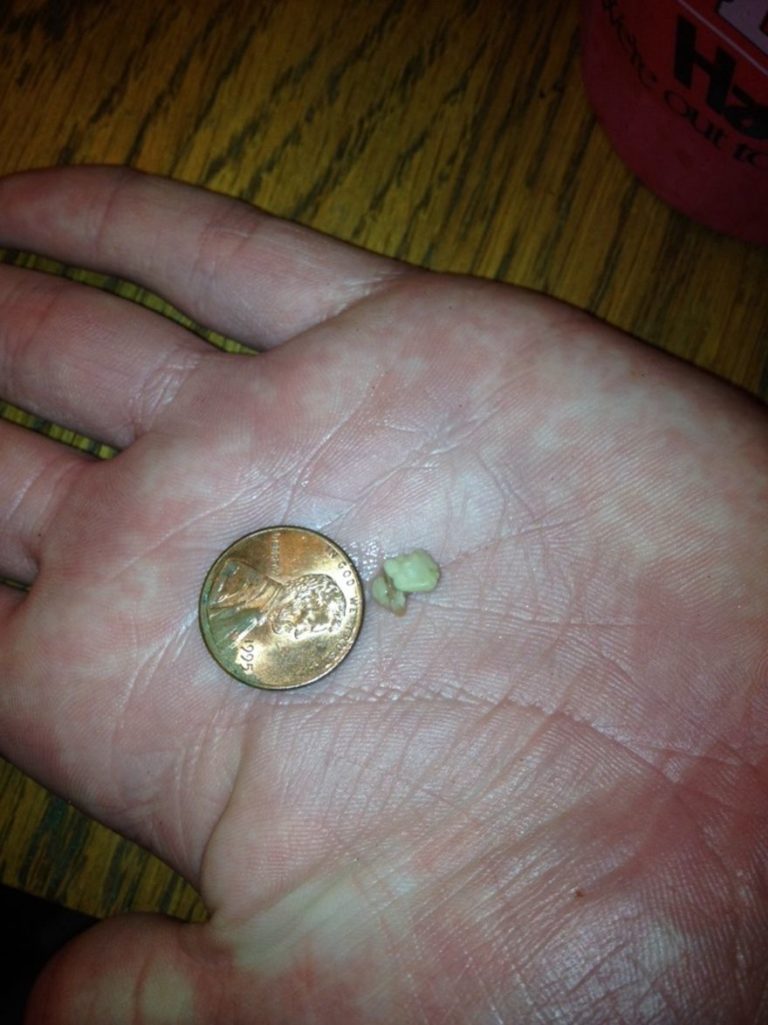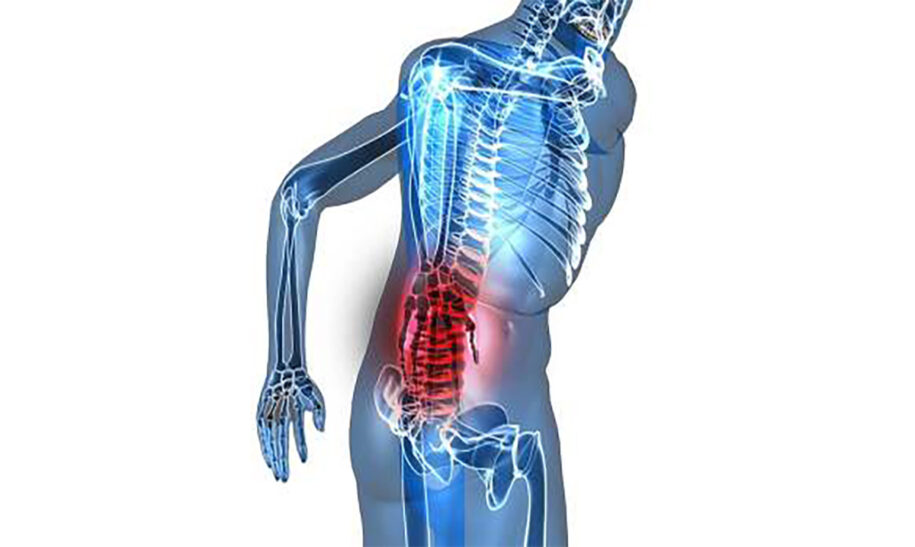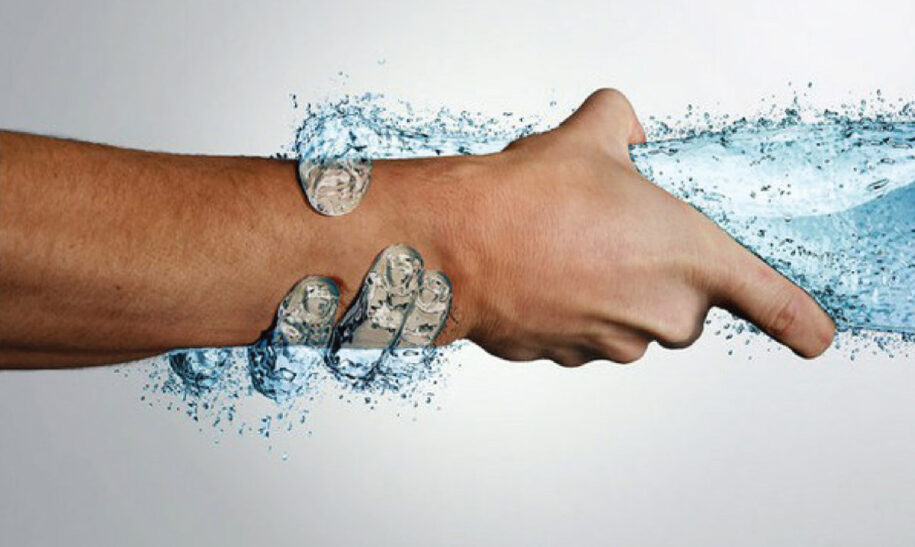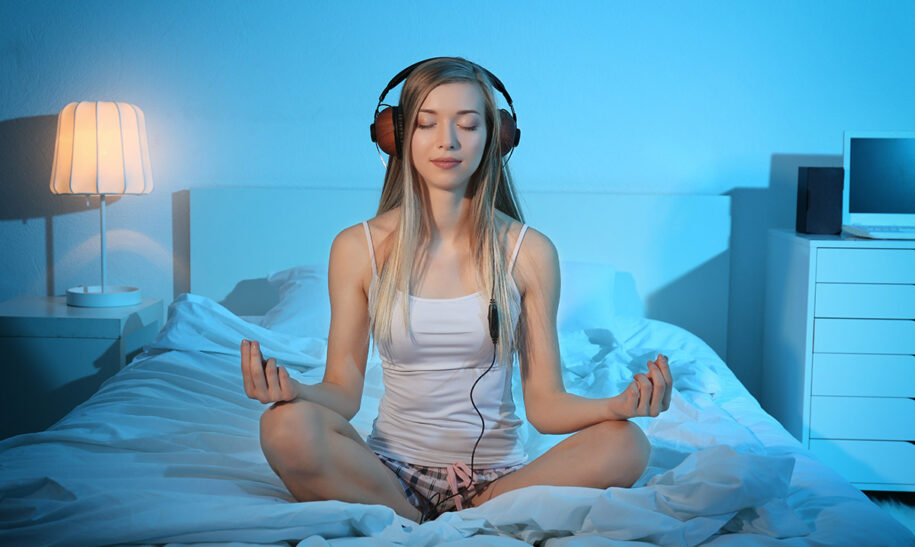
The Most Effective Yoga Bedtime Stretches
Sleep is crucial to the body. If you are depriving yourself of sleep it can cause a world of side effects all throughout your entire body.
Sleep deprivation is no joke. If you’re staying up all night to study for a test you are hurting yourself more than you are helping. However, sometimes it’s not that we are up studying or playing a video game, although I am guilty of both myself. Sometimes we can just lay in bed in darkness for hours and somehow still not be able to sleep! Insomnia is a terrible thing to suffer from, but there are some natural tips to help keep you sleeping.
Yoga is an amazing natural treatment for any health issue you could suffer from. It can treat a variety of different things, including insomnia. Practicing certain stretches before bed can promote relaxation all over your body and make it much easier to fall asleep. It makes you comfy and relaxed. If you are suffering from insomnia all you have to do is practice these simple yoga stretches before bed!


